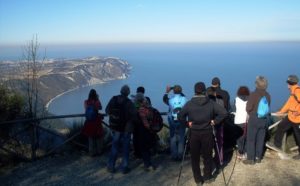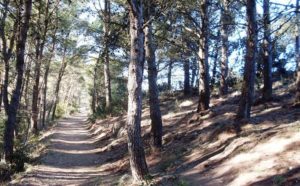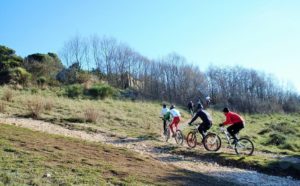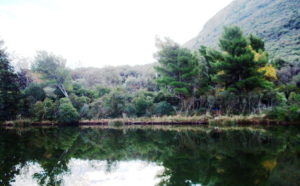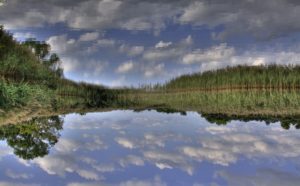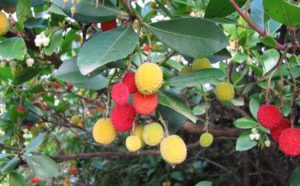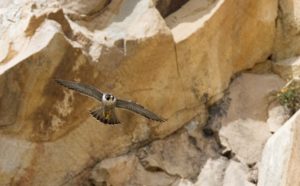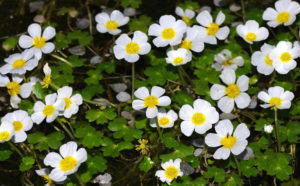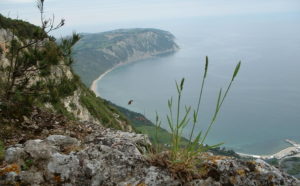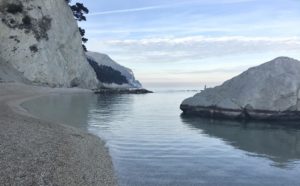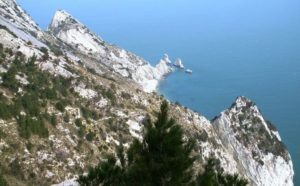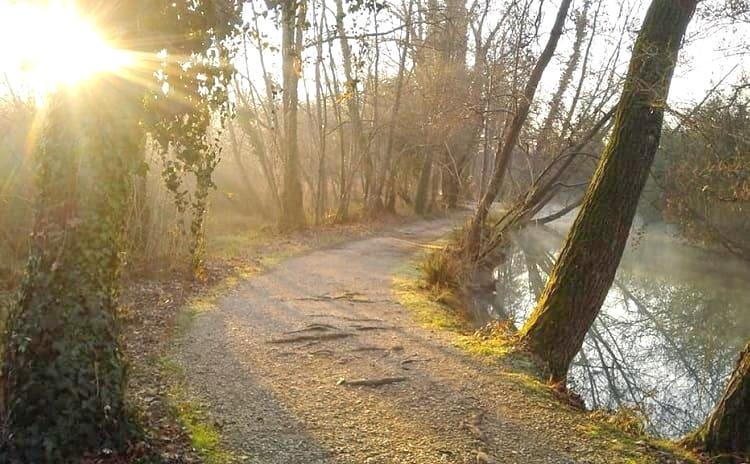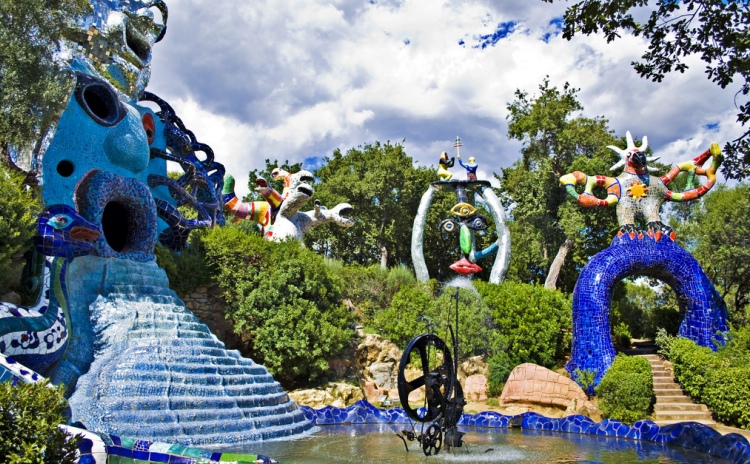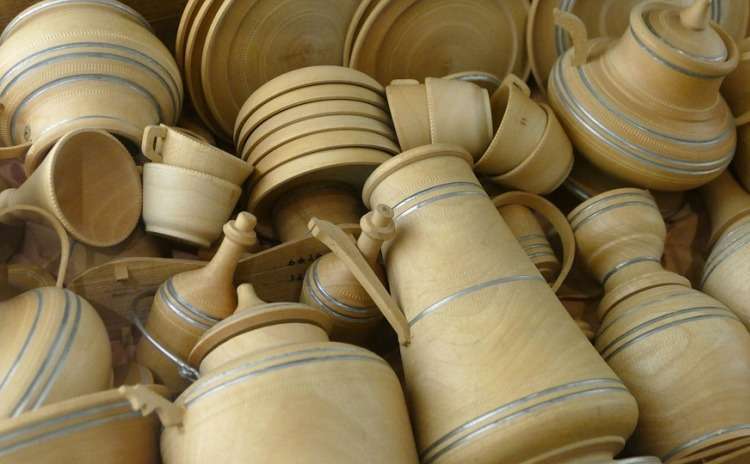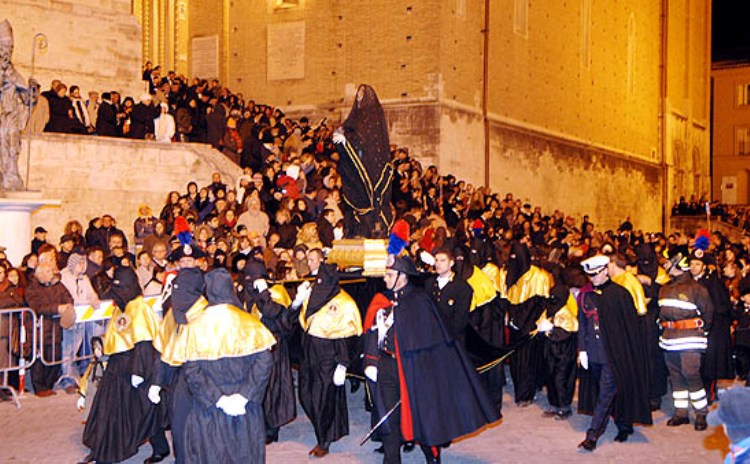Conero Park – Ancona
A 6,011 hectares protected area. From the hill to the beach. 18 paths on foot, on horseback, by mountain bike.
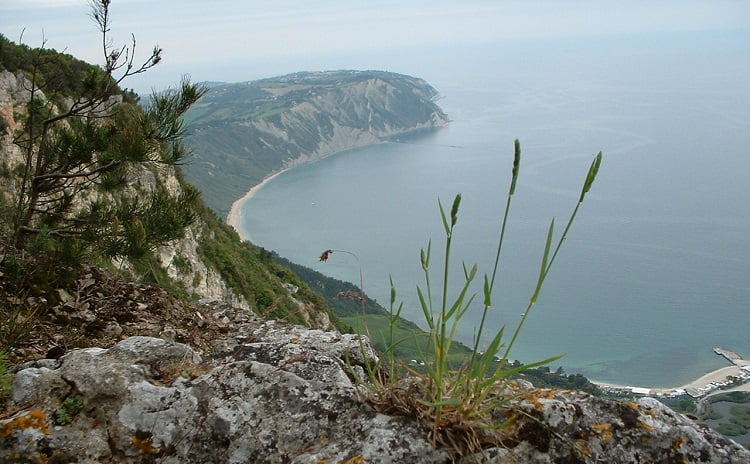
Conero Natural Park is located in the Marche Region (Central Italy) entirely in the province of Ancona.
It takes its name from Monte Conero, a 572-meter high promontory, which is the only coastal high point on the Adriatic sea between Trieste and Gargano massif.
The Park is a Regional Park (*), which extends for 6011 hectares and includes almost the entire promontory and the plain between it and the mouth of Musone river.
It can be visited on foot, on horseback, or by mountain bike thanks to a network of 18 trails, almost all of which are very easy and perfectly signposted. In addition, the area is equipped for the practice of many outdoor sports.
Peculiarity
The origin of the name Conero is controversial, it seems to come from the Greek Kómaros, or Strawberry Tree, the typical shrub of the Mediterranean region that grows in abundance here.
The peculiarity of Monte Conero is that it is a very diversified territory both from a naturalistic point of view and from a landscape and urbanistic point of view. The balance between the components makes it a great pleasant place and it is considered by many as an Italian environment par excellence. This harmony is enhanced by the environmental associations that have supported the nomination of the Park as a Unesco Heritage Site.
Territory
The Park includes countryside and hills, the mountain woods, the high rocky coasts and the marly/clayey coasts further north, urban areas and wide beaches in the southern and coastal part where there are the peculiar beaches reachable only on foot with steep paths. Everything easily reachable in a short time.
Inside the park there are two prominent ponds, the Great Lake and the Deep Lake of Portonovo, both special because of brackish water.
Flora and fauna
Herbs and flowers, even rare ones, grow in abundance. Almost all the species of the Mediterranean region are present, enriching the landscape with colors and scents. All over it can be found the strawberry tree. Inside, near the stagnant waters around Musone river, there is the rare Baudot buttercup present elsewhere only in Puglia, Sicily and Sardinia.
The sand dunes of beaches, including that in Marcelli, are a different and unordinary environment rich in exotic charm.
Conero wildlife is rich even if not very dense. There are 133 animal species: 6 of amphibians, 26 of reptiles, 92 of birds and 26 mammals.
Among the mammals, there are the badger, the fox, the hedgehog, some mustelids such as the stone marten, the weasel and the skunk, and the presence of the wolf has been detected, probably attracted by wild boars introduced illegally in the 90s.
A particular interest deserves the numerous birds of the Park, both sedentary and migratory. According to the Lipu (Italian Bird Protection League), Mount Conero is among the best 10 places in Italy for birdwatching. Excellent observation points are the plateau of Stiano, Pian Grande cliffs overlooking the sea and the two lakes in Portonovo.
The territory of Conero Park touches the cities of Ancona, Sirolo, Numana, Camerano.
Holidays
The Conero Riviera offers a 360° holiday with 16 different locations for every kind of holiday, from the hills to the blue of a clean sea awarded with numerous blue flags along more than 20 km of coastline. The sheer promontory is full of caves, coves and inlets with breathtaking views, while inside the rolling hills and medieval hilltop villages dot the view.
The traditions here are still much alive, visitors can easily taste the art and flavors of the past times, and also outdoor activities, sports, events under the stars… In short, good holidays for all tastes.
(*) Italian Regional Parks
The Italian Regional Parks include areas of land, sea, rivers overlooking the banks. Their environs have a great cultural and naturalistic value, representing a homogeneous natural system of landscape and of cultural traditions of the local populations. In Italy, there are 154 regional parks covering an area of approximately 1 million and 500,000 hectares.
A SELECTION OF CYCLES
If you like cycling, check out other cycle paths we have selected for you.>>>

